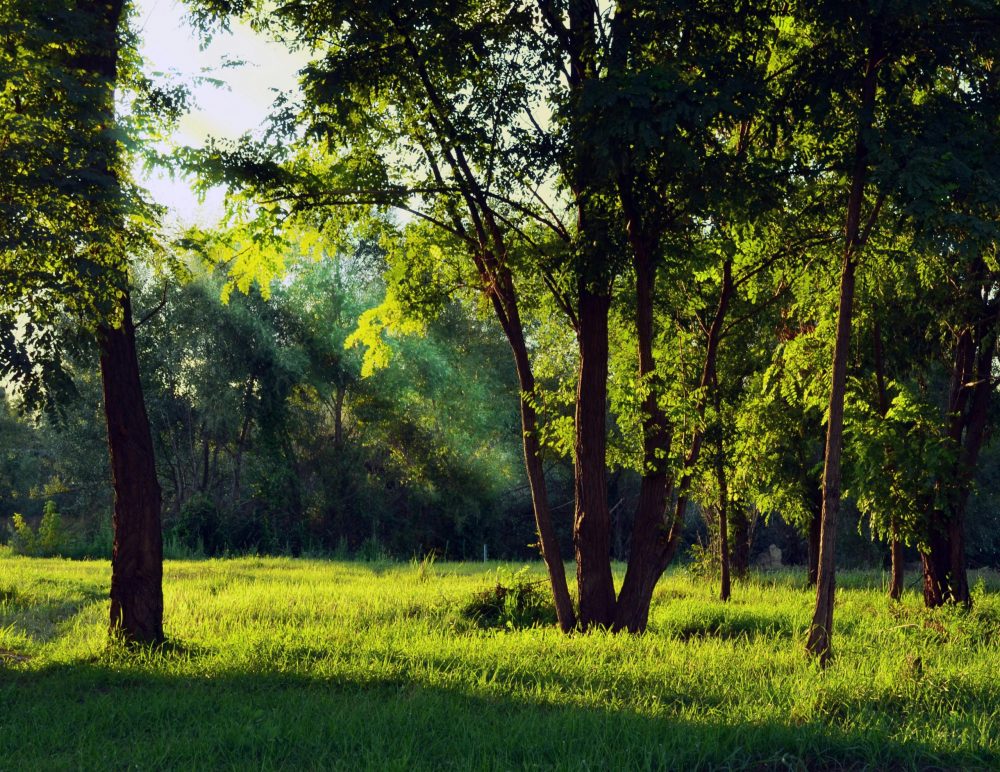Moodsonic‘s Fran Board, discusses the importance of designing for the multisensory experience in the workplace.
Picture the scene: The sun is shining on a tranquil beach. The waves are lapping against the shore. People are happy and relaxed.

Now, in your mind, layer that image with the ominous soundtrack from the movie Jaws. The serene beach, suddenly juxtaposed with those unsettling notes: Daa-dun. Daa-dun. Daa-dun. Daa-dun…
The memories and emotions associated with this sound only take a split second to flip our perceptions of this scene on its head.
Hopefully, no one’s playing the Jaws soundtrack on repeat in their workplace. But unfortunately, what people tend to hear isn’t much better: disruptive conversations, humming air conditioners, traffic noise and construction. The common characteristic of these noises is that they’re all manmade or “anthropogenic,” to give the proper name. The common response to them is stress.
Human experiences extend far beyond visual aesthetics. No matter how beautiful a workplace looks, unpleasant noises, smells, or other sensory experiences can alter perceptions in seconds.
Designers are well versed in the science and craft of biophilic design. By understanding how our senses interact, we can take that vision for biophilia to another level with richer, more restorative workplace environments.
Multi-Sensory Buildings
We might think of sight as our dominant sense. Culturally, perhaps that’s true. But that doesn’t necessarily mean it’s the most important sense in designing space. Touch is the first sense to develop in the uterus. Sound is the one that affects us the fastest. Smell has powerful links to memory and emotion. And some enduring responses to taste are present from the moment we’re born.
In reality, we don’t experience any sense in isolation. There’s cross-talk between them all. What we see changes what we hear, what we hear changes what we smell, and so on.
For example, color changes that way the sound is perceived. In one study, seeing the color red made sound seem louder, but green made it quieter. In another, called What You See is What You Hear, people perceived a single flash of light as lots of flashes when it was accompanied by multiple beeping sounds. There’s thousands of examples of this “cross-modality” in scientific research.
Offices, by their very nature, are all multi-sensory environments – whether they’ve been designed that way or left to chance.
Is Silence Really Golden?
Humans have appreciated the benefits of nature for thousands of years. Even in Ancient Greece, Hippocrates was prescribing “airs, waters, and places” as a necessity for physical and emotional wellbeing.
One thing people often seek from nature is “peace and quiet.” There’s a common misconception that this means complete silence, and people might therefore assume that silence is the gold standard when it comes to designing restorative indoor spaces.
The reality is quite different. In nature and in our primordial brains, silence is a sign of apprehension, an impending threat. It’s the presence of a predator or the absence of biodiversity. You might have experienced this sensation indoors too: an eerily silent workplace can make us feel uncomfortable in a number of ways.
Researchers tested this theory by presenting stressed participants with a virtual forest environment and evaluated how well it could help them recover. In silence, without any sound, the forest created apprehension and didn’t help reduce stress levels. But accompanied by natural sounds the opposite happened; the environment improved people’s stress recovery, measured by their heart-rate and cortisol levels.
So just seeing nature isn’t always enough. This research and other studies like it point to biophilic design being most beneficial when it’s part of a multi-sensory experience.

Creating Rich Natural Experiences
“Attention restoration theory” is often referenced in the practice of biophilic design. One component of the theory is that restorative spaces provide us with information. It’s a concept that’s backed up by science: Monotony can cause stress, while multisensory stimulation can encourage positive mental states.
So, counterintuitively, the “peace and quiet” that people seek from nature comes from being given more information about a space. The bluffs near the sea, with the inhalations and exhalations of distant waves, are quiet, but not silent. There’s a certain vibrancy that comes with a restorative environment.
This shows us the importance of designing rich, multi-sensory workplaces. Natural materials can be full of tiny details that are lacking from their man-made counterparts. Natural sound, too, can give us micro-information about species, season, weather, time of day and other such cues.
We have an inherent understanding of nature and its subtleties that can stop these rich biophilic experiences being perceived as overwhelming or complicated. The silent forest was objectively simpler, yet it made people feel uncomfortable. With the chirping birds and rustling trees it becomes more complex yet simultaneously more restorative and calming.
A Link between Space and Place
Nature links us to place. In the broadest sense, it takes us back to our roots. Even though most of us have spent our lives in urban environments, the tastes, smells, sounds, textures, shapes and colors from nature connect us straight back to the natural world.
Designers can use multisensory biophilic design to create more specific, thoughtful links to peoples’ local surroundings too. It’s another level to this “information” that we crave from nature that helps us relax.

One example of this approach is a newly designed workplace in India that uses shapes, textures and, crucially, sounds inspired by regions across the Himalayas to create emotional, nostalgic experiences for employees. As they enter the building, people leave the bustle of Delhi behind them and are transported to the mountains, with the sights and sounds of peaks, forest trails, monsoon rains, icy lakes and villages that change as you walk through the space and over the course of time.
Just like in the natural world, workplaces can be rich environments, with strategies for initiatives like scent, soundscaping and other sensory experiences that go above and beyond the norm. We can create spaces full of variety, thoughtfully designed, intelligently delivered, and with an appreciation for all the senses and their effect on one another.
All images courtesy of Moodsonic.

